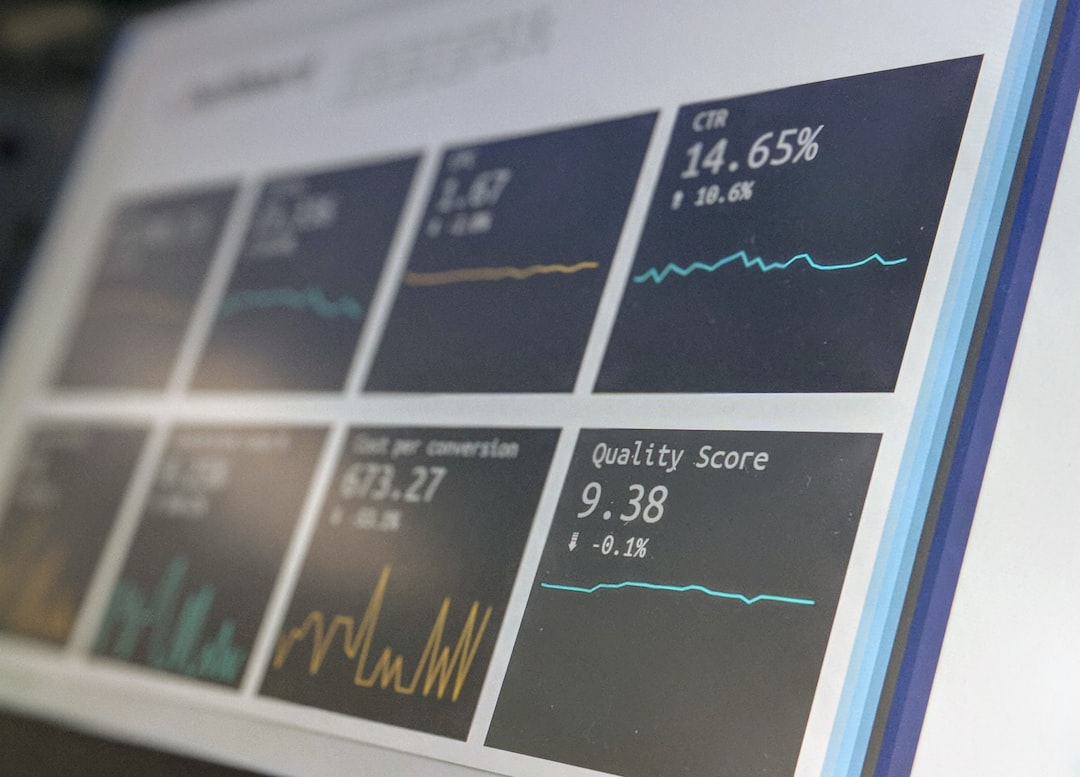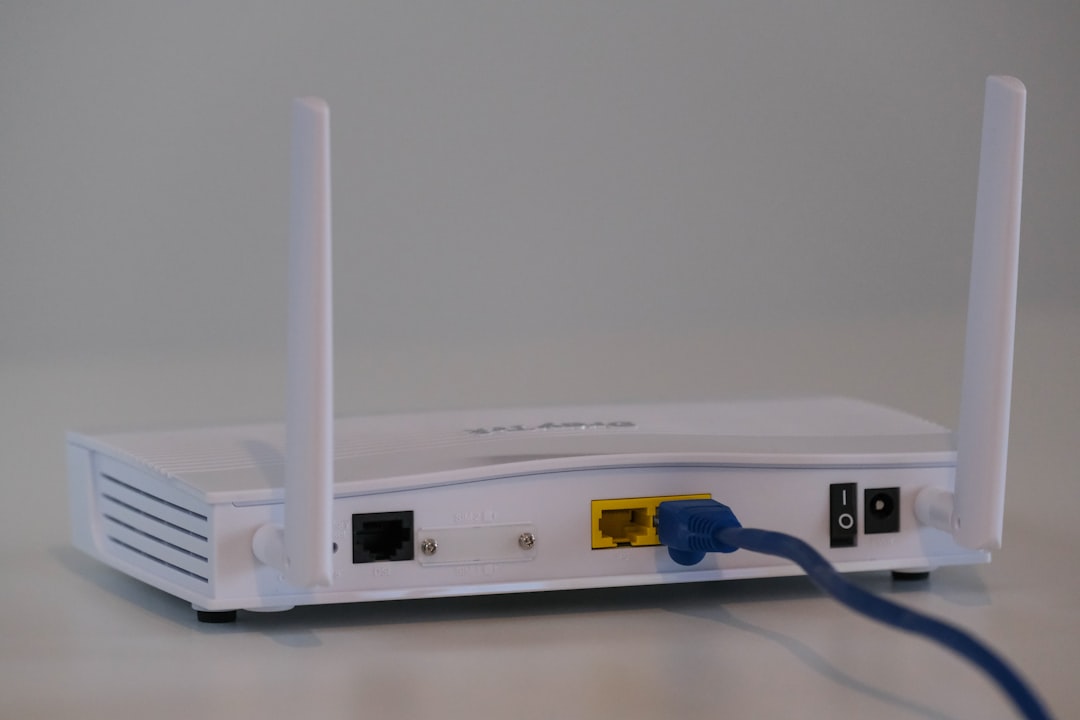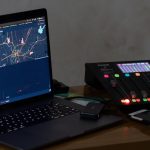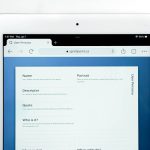If you’ve ever wondered how U.S. companies keep tabs on what employees do during office hours, you’re in the right place. Electronic employee monitoring isn’t just some spy movie trope — it’s real and it’s everywhere. But it’s not all about “Big Brother.” It can boost productivity, protect data, and even help employees stay on track!
What Is Electronic Employee Monitoring?
Electronic employee monitoring is like having a digital assistant silently observing work activities. It involves tools that track, record, and analyze what employees are doing on their devices at work. Laptops, desktops, phones — nothing escapes its watchful eye.
Some common things that are monitored include:
- Emails and messaging apps
- Websites visited
- Time spent on tasks
- Software usage
- Keystrokes and mouse activity
- Call logs and video meetings
Think of it as a digital manager who never sleeps. Cool and a little creepy, right?

Why Do Companies Use It?
It’s not just about control. Companies have a lot of good reasons to keep an eye on things, and many employees benefit from it too. Here are some top reasons:
1. Cybersecurity
Hackers are always out there looking for ways to steal personal and company data. Monitoring helps catch suspicious behavior before it does real damage. It’s like having a bouncer for your company’s digital doors.
2. Productivity
Let’s be honest — distractions are everywhere! With tools in place, employees tend to stay more focused. And managers can see which tools and workflows are actually helping.
3. Compliance
Many industries have strict rules about how data is handled. Monitoring helps companies stay on the right side of the law. It’s especially important for sectors like healthcare, finance, and government jobs.
4. Safety First
In monitored environments, it’s easier to stop harassment, detect problematic behavior, and help everyone feel safe. It’s like digital HR that never takes coffee breaks.

Popular Monitoring Tools in the U.S.
There are loads of options out there. Some are simple timers, others are monitoring powerhouses. Here are a few common ones U.S. companies love:
- Teramind – Tracks behavior, blocks threats, and gives powerful reporting tools.
- Hubstaff – Great for remote teams with time tracking and productivity features.
- Time Doctor – Focused on measuring hours worked and output.
- ActivTrak – Offers insights without being super intrusive.
- Veriato – Geared toward detecting insider threats and risky behavior.
All of these tools have dashboards, alerts, and customizable settings to fit each company’s size and industry.
Legal Side of Monitoring
In the U.S., companies have the right to monitor work-related devices — mostly without asking. But there are limits. For one, employees must usually be notified. Also, spying on someone’s private emails or personal social media? That’s not okay.
Here are a few important legal points to remember:
- Federal Law – Gives companies room to monitor as long as it’s work-related.
- State Laws – Some states (like California and Delaware) require consent before monitoring begins.
- Privacy Policies – Most companies explain monitoring rules in employee handbooks or policies.
Tip: If you’re unsure, it’s always best to ask HR what’s being monitored. No shame in being curious!
Pros and Cons
Like anything, electronic monitoring has its good sides and its drawbacks.
Let’s start with the pros:
- Better Efficiency – Less YouTube, more work gets done.
- Quick Problem Detection – Alerts can show when things go off track.
- Data Loss Prevention – Stops leaks before they start.
- Real Metrics – Gives managers clear data, not guesswork.
Now the cons:
- Trust Issues – Some employees may feel like they’re being micromanaged.
- Privacy Concerns – Over-monitoring can cross ethical lines.
- Stress – Constant monitoring can create pressure and fear.
It’s a balance. Smart companies talk to their teams and explain how and why they’re using monitoring tools.
Tips for Companies: How to Make Monitoring Work
Thinking about using electronic monitoring in your business? Here’s how to do it without turning your office into a digital dystopia:
- Be transparent – Tell employees what is being monitored and why.
- Set clear objectives – Link monitoring to productivity, not punishment.
- Respect privacy – Avoid unrelated monitoring like personal emails or after hours.
- Provide feedback – Use monitoring data to help employees grow, not just to catch mistakes.
- Follow the law – Stay updated on federal and state regulations.
Happy employees and smarter systems = a winning combo.
What Do Employees Think?
Surveys show mixed feelings. Many employees accept monitoring if it’s fair, balanced, and explained clearly. But nobody likes feeling spied on. That’s why communication is so important.
Here are a few things employees say help them feel better about monitoring:
- Knowing what is tracked
- Being able to see their own data
- Understanding how it helps the company and the team
- Having input on policies
The Remote Work Factor
Since 2020, remote work has changed the game. More companies are using monitoring tools to track productivity outside the office. For remote teams, it’s all about trust and communication.
Video meetings, task trackers, and time logs help. But without careful planning, it can feel like overkill. The goal should be balance — remote workers need freedom, but companies still need oversight.
Final Thoughts: Should You Monitor?
Monitoring, when used right, is more of a co-pilot than a watchdog. It can help everyone work smarter, not harder. But like any tool, it needs the right touch.
It’s not about control. It’s about clarity and support.
So if your company is thinking about starting — or improving — an employee monitoring system, remember:
- Be kind, not creepy
- Focus on outcomes, not hours
- Respect humans, even when they’re behind a screen
The future of work is digital. Let’s make it awesome — together.







